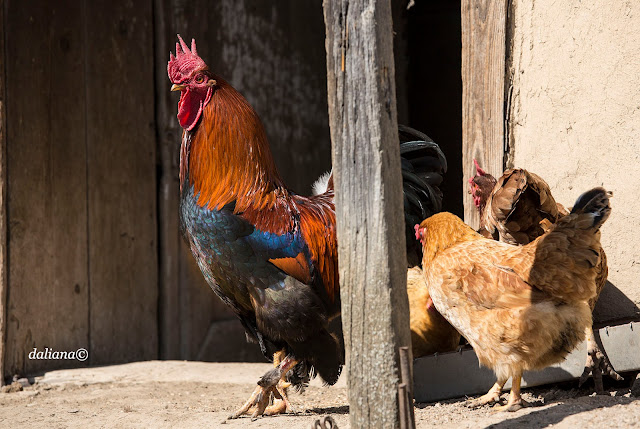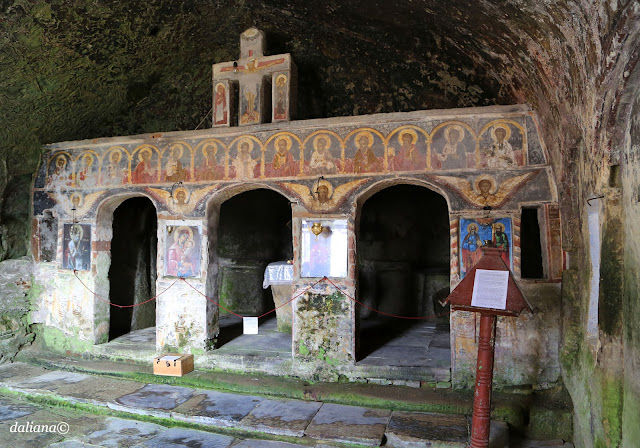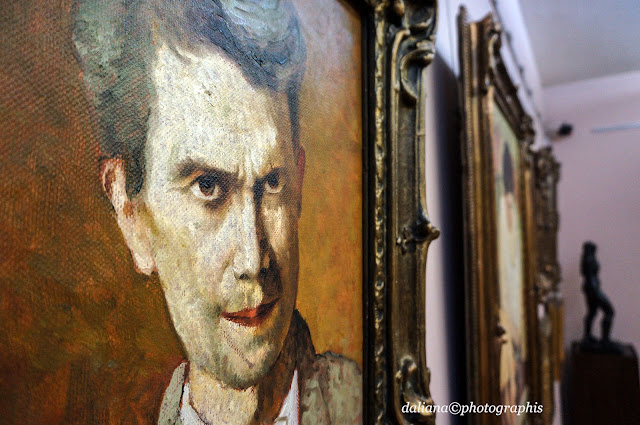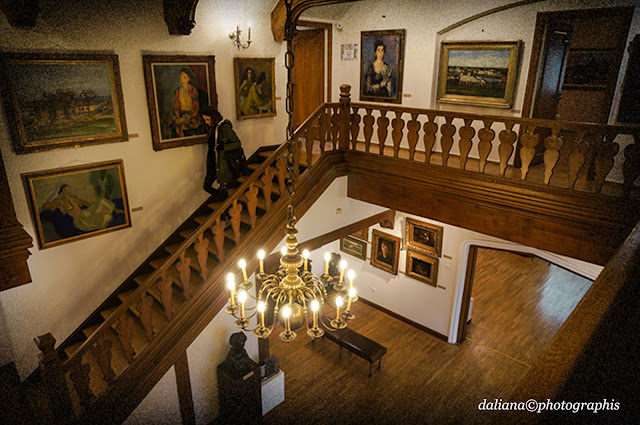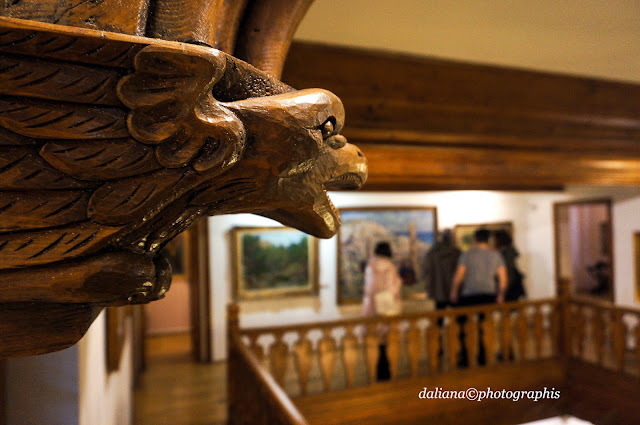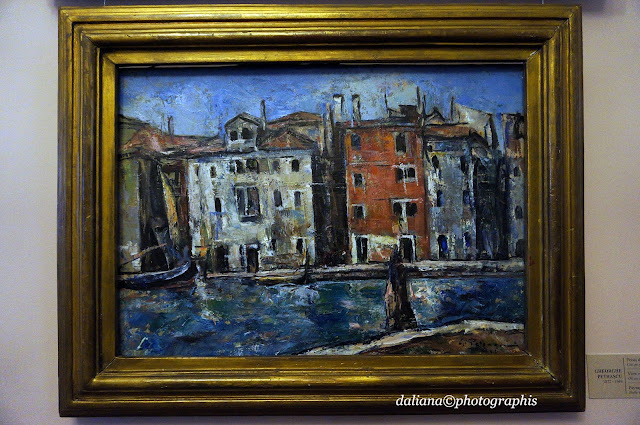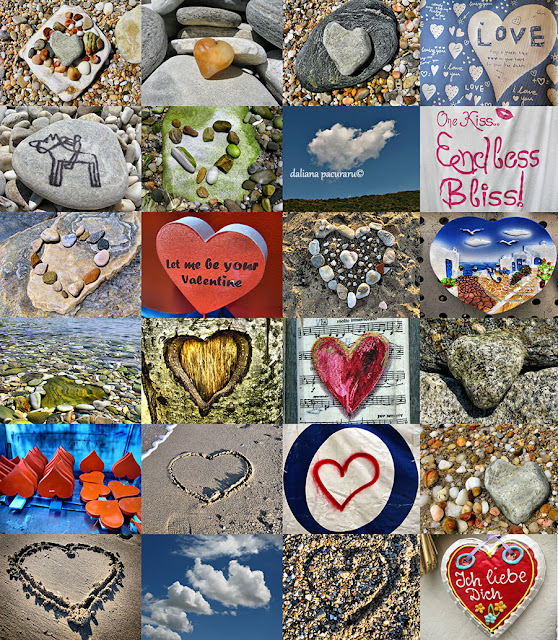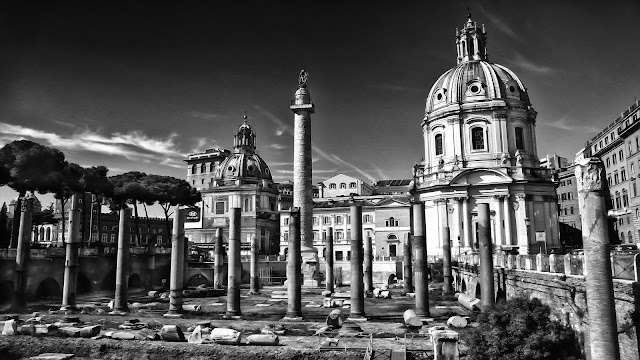451 grade Fahrenheit
este temperatura la care arde hârtia sau
echivalentul a 233 grade Celsius. 451 grade F înseamnă temperatura la
care arde, poate, gândirea noastră, identitatea intrapersonală sau chiar
pulsaţia vieţii.
A trăi viaţa înseamnă să ştii cine eşti, în primul
rând.
François Truffaut este cel care a regizat acest film, după romanul eponim al lui Ray Bradbury. Filmul prezintă, în manieră realistă,
cu tente uşor utopice (dar acest lucru nu înseamnă că nu se va întâmpla)
extincţia cognitiv-societală, nici mai mult, nici mai puţin, decât prin arderea cărţilor.
Filmul vine ca o placă turnantă situaţiei societăţii actuale,
o
societate devenită de câteva decenii frivolă, aseptică, dezumanizată
chiar.
Poate că va fi tragedia timpurilor viitoare care prea departe de
noi, cei de acum, nu sunt.
Dar, să ne întoarcem la cărţi.
Sub deviza „cărţile îi fac pe oameni nefericiţi”,
oamenii încep să ardă cărţile.
Pompierii sunt plătiţi de către stat să
ardă toate cărţile.
Cărţile sunt adunate în saci şi cărate într-un câmp
deschis pentru a lua drumul spre metamorfozarea lor în... cenuşă.
Incendierea cărţilor le provoacă oamenilor din acest viitor o deosebită
plăcere.
Este însă o plăcere la fel de frivolă ca şi preocupările lor
pasive. În viziunea lor, cărţile poartă vinovăţia nefericirii. Omul este
nefericit, nu?
De la tragedia greacă încoace, conştiinţa nefericirii
este universal valabilă, este un datum vital pe care trebuie să îl trăim
fiecare în parte pentru a câştiga experienţă.
Oamenii viitorului îşi distrug cărţile în speranţa că vor fi fericiţi. Bun, să vedem cum va fi fericirea în viitor, fără cărţi.
Dincolo de linia ferată a acestui topos, la marginea pădurii, trăiesc
oamenii-Cărţi;
sunt acei puţini supravieţuitori care mai ştiu a citi
sau care mai recunosc esteticul
sui generis printre
esteticul-Monstru promovat de marketingul globalizării.
Dincolo de linia
ferată, aceşti oameni-Cărţi,
de frică să nu le ardă cineva locuinţele
ticsite cu cărţi,
iau expresia „hrană spirituală” ad-litteram:
ei
îşi mănâncă propriile cărţi sau, în mod şi mai tragic,
refuză să-şi
părăsească locuinţele-biblioteci şi acceptă să fie arşi de vii împreună
cu „hrana spirituală”.
Şi mai încredibil, este faptul că aceşti oameni nu au renunţat la
identitatea lor umană în favoarea unei identităţi vide trasată mecanic
la fel, la toţi ceilalţi oameni, amnemonice.
Aceşti oameni citiţi
preiau identitatea unei cărţi, a cărţii preferate pe care o ştiu recita
cap-coadă acelora care doresc să cunoască.
Ei sunt în ochii celorlalţi
„vagabonzi”, în realitate „biblioteci” şi se recomandă călduros oricui –
„Eu sunt Jurnalul lui Henri Brulard de Stendhal”.
Parcă nu întâmplător se spune că un om intuitiv poate „citi”
gândurile altuia.
Neştiind a mai citi cărţi, oamenii nu vor mai şti a se
citi ei între ei, iar riscul să ne îndreptăm vertiginos spre un
deconstructivism auto-identitar-umanist nu îl mai putem evita.
Cărţile
nu ne ajută să devenim fericiţi (cum toţi ne dorim), dar ne ajută măcar
să evităm prăpastia pasivismului indiferent faţă de viaţa însăşi şi
faţă de ceilalţi.
Fahrenheit 451 is a dystopian novel by American writer Ray Bradbury,
first published in 1953. It is regarded as one of his best works.
The novel presents a future American society where books are outlawed and "firemen" burn any that are found. The book's tagline explains the title: "Fahrenheit 451 – the temperature at which book paper catches fire, and burns..." The lead character, Guy Montag,
is a fireman who becomes disillusioned with his role of censoring
literature and destroying knowledge, eventually quitting his job and
committing himself to the preservation of literary and cultural
writings.







